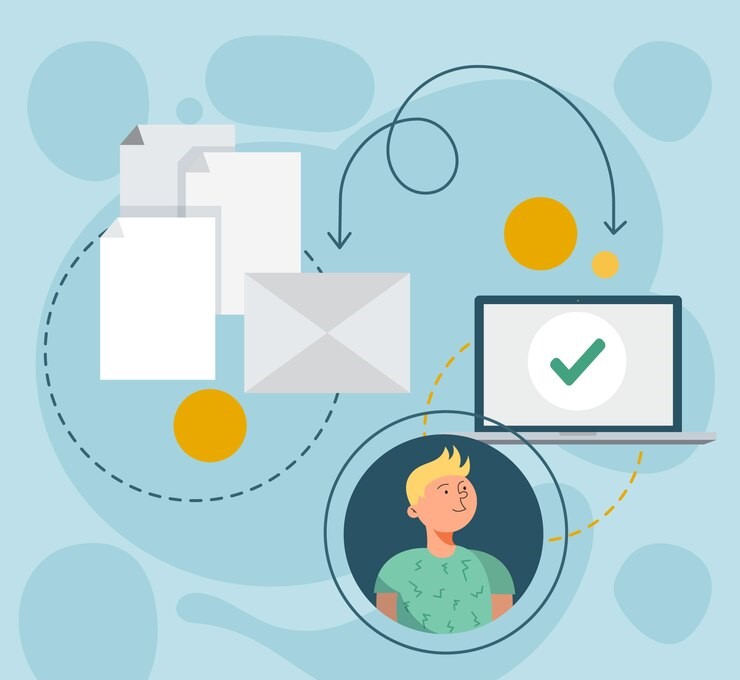When an employee leaves a company, whether voluntarily or involuntarily, there are several administrative tasks to complete. One critical aspect is the payout of accrued Paid Time Off (PTO). Properly managing PTO payouts is essential to ensure compliance with labor laws, maintain financial accuracy, and uphold fair treatment of the departing employee. This article explores the intricacies of PTO payouts, including legal considerations, calculation methods, and best practices for employers.
Understanding PTO and Its Importance
PTO tracking software is a benefit provided by employers that allows employees to take paid leave for vacation, illness, or personal reasons. PTO policies vary widely among organizations in terms of accrual rates, maximum carryover limits, and payout conditions upon exit. The importance of PTO lies in its role in promoting work-life balance, employee satisfaction, and productivity. When an employee exits, ensuring they receive the appropriate PTO payout is not only a legal obligation in many jurisdictions but also a matter of maintaining goodwill and a positive employer reputation.
Legal Considerations
Federal and State Laws
In the United States, there is no federal mandate requiring employers to pay out unused PTO upon termination. However, many states have their own regulations governing PTO payouts. For example, states like California, Montana, and Illinois treat accrued PTO as earned wages, meaning employers must pay out any unused PTO upon an employee’s departure. Conversely, other states may allow employers to implement policies that forfeit accrued PTO under certain conditions.
Company Policy
Regardless of state law, a company’s PTO policy plays a crucial role in determining how payouts are handled. Employers must clearly outline PTO accrual and payout rules in their employee handbooks or contracts. This clarity helps avoid disputes and ensures that employees understand their rights and obligations.
Calculating PTO Payouts
Accrual Methods
PTO accrual methods can vary significantly. Some common methods include:
- Annual Accrual: Employees receive a fixed amount of PTO at the beginning of each year.
- Monthly Accrual: Employees earn a specific amount of PTO each month.
- Hourly Accrual: Employees accrue PTO based on the number of hours worked.
Employers must accurately track the accrued PTO to calculate the correct payout amount. Automated time tracking and payroll systems can be invaluable in this process, reducing the risk of errors.
Prorated Payouts
When an employee leaves partway through an accrual period, employers often need to prorate the PTO payout. For instance, if an employee who accrues 120 hours of PTO annually leaves after six months, they would typically be entitled to half of the annual accrual or 60 hours.
Carryover and Cap Policies
Employers may have policies that limit the amount of PTO employees can carry over from one year to the next or cap the maximum amount of PTO that can be accrued. These policies affect the final payout calculation. For example, if an employee has reached the maximum accrual cap, they will not be entitled to accrue additional PTO beyond that limit, impacting the payout amount.
Best Practices for Employers
Clear Communication
Transparency is key to managing PTO payouts effectively. Employers should communicate their PTO policies clearly and ensure employees understand how their PTO accrues and under what conditions it will be paid out upon exit. This can be achieved through regular training sessions, easily accessible policy documents, and open communication channels.
Consistent Application of Policies
To avoid potential legal issues and maintain fairness, employers must apply their PTO policies consistently. This includes adhering to the stated accrual and payout rules for all employees, regardless of their position or tenure with the company.
Documentation and Record Keeping
Maintaining accurate and up to date records of each employee’s PTO accrual and usage is critical. This documentation is not only essential for calculating the correct payout but also for defending against any potential disputes or audits.
Legal Compliance
Given the variation in state laws regarding PTO payouts, employers should stay informed about the legal requirements in each state where they operate. Consulting with legal professionals or HR experts can help ensure compliance and mitigate the risk of legal challenges.
Exit Interview
Conducting exit interviews can be an excellent opportunity to address any questions or concerns departing employees might have about their PTO payout. This process can help ensure a smooth transition and leave a positive final impression of the company.
FAQs and Common Scenarios
What happens if an employee has a negative PTO balance at the time of exit?
Answer: If an employee has a negative PTO balance (i.e., they have taken more PTO than they have accrued), the employer may deduct the owed amount from the employee’s final paycheck, provided this practice is allowed by state law and outlined in the company’s PTO policy. Employers should clearly communicate this policy to employees to avoid disputes.
How are PTO payouts handled if an employee is on leave when they exit?
Answer: If an employee is on leave (e.g., medical leave or parental leave) at the time of their exit, the employer must follow the same PTO payout procedures as they would for any other departing employee. The accrued but unused PTO should be calculated and paid out according to company policy and applicable state laws. Special considerations may apply if the leave is covered by specific regulations such as the Family and Medical Leave Act (FMLA).
Are PTO payouts subject to taxes?
Answer: Yes, PTO payouts are considered part of an employee’s wages and are subject to federal, state, and local taxes. Employers must withhold the appropriate amounts for income taxes, Social Security, and Medicare, just as they do for regular wages. Employees will see the PTO payout reflected on their final paycheck and W-2 form.
Can an employer require an employee to use their PTO before exiting?
Answer: Some employers may have policies requiring employees to use their accrued PTO before their exit date, especially during a resignation notice period. However, this practice must be clearly stated in the company’s PTO policy and comply with state laws. Employers should communicate these requirements to employees as soon as they are notified of the impending departure.
How is PTO payout calculated if an employee works in a state with no specific laws on PTO payouts?
Answer: In states without specific laws mandating PTO payouts, the employer’s policy as outlined in the employee handbook or employment contract will govern the payout process. Employers must adhere to their stated policies to ensure fair treatment and avoid potential disputes.
What should be included in the final paycheck concerning PTO payout?
Answer: The final paycheck should include all regular wages due up to the termination date, as well as the payout for any accrued but unused PTO. The final paycheck should be issued in accordance with state laws governing the timing of final wage payments, which can vary significantly.
Can employers cap the amount of PTO that can be paid out?
Answer: Yes, employers can implement a cap on the amount of PTO that can be accrued and paid out, provided this cap is clearly stated in the PTO policy and complies with state laws. Some states may have restrictions on capping PTO payouts, so it is crucial for employers to be aware of and compliant with these regulations.
How does the company handle PTO payout for employees who have variable work schedules?
Answer: For employees with variable work schedules, the calculation of accrued PTO should be based on the average hours worked over a defined period (e.g., the past 12 months). This approach ensures a fair and accurate calculation of the PTO payout. Employers should document the method used for these calculations in their PTO policy.
Common Scenarios
Scenario 1: Employee with a Positive PTO Balance
Situation: Jane, an employee who accrues 15 days of PTO per year, decides to resign after working for the company for six months. She has accrued 7.5 days of PTO but has only used 2 days.
Solution: Jane is entitled to a payout for the remaining 5.5 days of accrued but unused PTO. The employer will calculate the value based on her daily pay rate and include this amount in her final paycheck.
Scenario 2: Employee with a Negative PTO Balance
Situation: John, who accrues 10 days of PTO per year, takes 12 days of PTO in his first six months of employment and then resigns.
Solution: John has a negative PTO balance of 2 days. If the company policy allows and state law permits, the employer can deduct the equivalent value of these 2 days from John’s final paycheck.
Scenario 3: Employee on FMLA Leave at Exit
Situation: Sarah is on FMLA leave due to medical reasons and decides not to return to work, submitting her resignation during the leave.
Solution: The employer calculates the accrued but unused PTO up to the resignation date and includes this amount in Sarah’s final paycheck. The payout must comply with the company’s PTO policy and state laws.
Conclusion
Navigating the process of PTO payouts at employee exit requires careful attention to legal requirements, precise calculation methods, and best practices for fair and transparent management. By understanding the importance of PTO, adhering to state laws, and maintaining clear and consistent policies, employers can ensure that departing employees receive the benefits they have earned while protecting the organization from potential disputes and legal issues. Proper handling of PTO payouts is not just a legal obligation but a crucial aspect of fostering a respectful and professional workplace environment.











